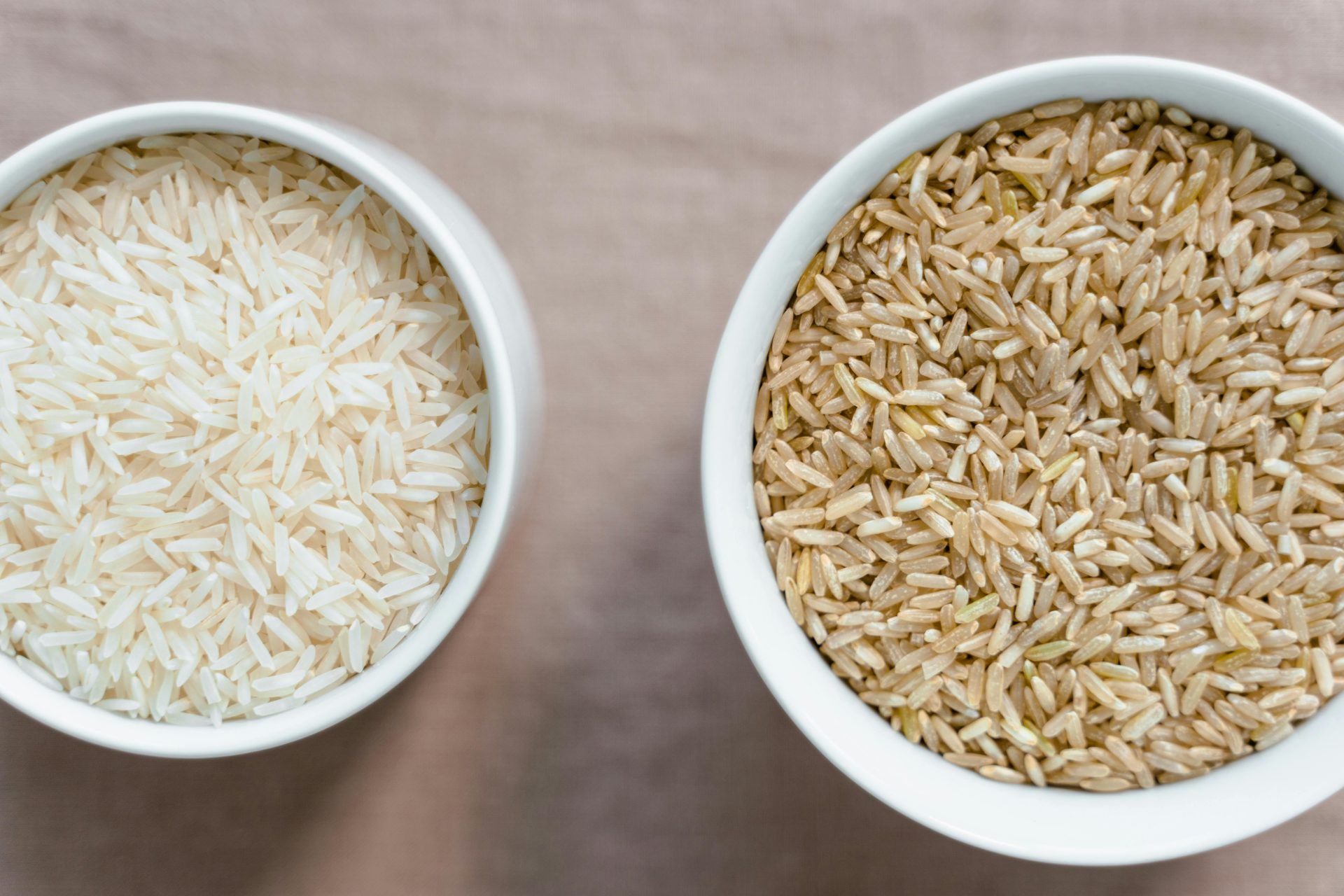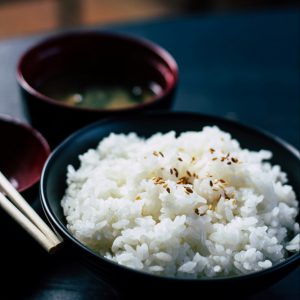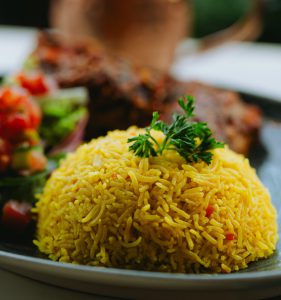
- Readers Rating
- No Rating Yet!
- Your Rating
Rice is one of the most versatile and consumed foods worldwide, but not all rice grains are the same. In this article, we will explore the differences among three popular types of rice: Arborio, Basmati, and Jasmine. Each of these rice varieties has its own unique characteristics, ranging from texture to flavor and aroma. Additionally, we will provide you with tips on how to cook and when to use each of them to enjoy the most delightful culinary experience. So, delve into the world of these rice varieties and discover how they can elevate your dishes to a whole new level.
I. Arborio: The Perfect Choice for Risottos

Arborio: The King of Risotto
Arborio rice, of Italian origin, is widely known as the ultimate choice for making creamy and delicious risottos. This rice has a high capacity to absorb liquid and release starch, giving it its characteristic creamy texture. Here are some tips on how to cook and when to use Arborio rice:
Cooking Tips for Arborio
- Initial Toasting: Before adding liquid, it’s common to lightly toast Arborio grains in oil or butter to enhance their flavor.
- Add Broth in increments: For a perfectly creamy risotto, add hot broth gradually and stir constantly, allowing the rice to gradually absorb the liquid.
- Versatility: In addition to risottos, Arborio is also used in dishes like mushroom risotto and baked rice.
When to Use Arborio
- Arborio is the perfect choice when you’re looking for rice dishes with a creamy texture and deep flavor, such as mushroom risottos, seafood risottos, and cheesy rice.
- Its ability to absorb flavors makes it an excellent option for dishes where ingredients are slowly cooked, like saffron risotto.
II. Basmati: The Essence of Indian Cuisine

Basmati: The Perfume of India
Basmati rice, originating from the Indian subcontinent, is known for its distinctive aroma and delicate flavor. Its grains are long, slender, and aromatic, making it the preferred choice in Indian and Middle Eastern cuisine. Here are some tips on how to cook and when to use Basmati rice:
Cooking Tips for Basmati
- Rinse and Soak: Before cooking, rinse Basmati rice under cold water until the water runs clear. Then, you can soak it for 30 minutes for better results.
- Slow Cooking: Cook Basmati rice over low heat with a 1:1.5 ratio of rice to water. This will help the grains cook evenly and remain fluffy.
- Simple Seasoning: Basmati’s distinctive flavor stands out on its own, so it is often cooked with minimal seasoning, such as cardamom or cloves.
When to Use Basmati
- Basmati is the ideal choice for dishes in Indian and Middle Eastern cuisine, such as biryani, pilaf, curry rice, and lamb dishes.
- Due to its delicate aroma, Basmati is also used in milder dishes where a subtle flavor base is desired.
III. Jasmine: Aromas of Thai Cuisine
Buy Jasmine rice

Jasmine: The Perfume of Thailand
Jasmine rice, popular in Thai cuisine, is characterized by its fragrant aroma reminiscent of jasmine flowers. Its grains are short and round, with a smooth and slightly sticky texture. Here are some tips on how to cook and when to use Jasmine rice:
Cooking Tips for Jasmine
- Measure Accurately: Make sure to measure the right ratio of rice to water. The typical ratio is 1:1.5, but it may vary based on personal preferences.
- Steaming: Steaming Jasmine rice is a common technique to achieve light and fluffy grains.
- No Soaking: Unlike Basmati, there’s no need to soak Jasmine rice before cooking.
When to Use Jasmine
- Jasmine rice is a perfect complement to Thai dishes such as curry, pad Thai, and other traditional dishes.
- Its distinctive aroma adds an extra dimension to the culinary experience, making it especially suitable for dishes where a characteristic flavor and aroma are desired.
IV. Comparison of the Three
Comparing Arborio, Basmati, and Jasmine
Although these three types of rice are very different in terms of taste, texture, and aroma, each has its special place in the kitchen. Here’s a quick comparison of key differences:
- Texture: Arborio is creamy and sticky, ideal for risottos. Basmati is fluffy and light, while Jasmine is slightly sticky and tender.
- Aroma: Arborio has a neutral flavor and is not particularly aromatic. Basmati is fragrant, with notes of jasmine and nut. Jasmine is highly aromatic, with a distinctive floral aroma.
- Taste: Arborio has a mild flavor. Basmati is delicate and mild. Jasmine has a subtly sweet and floral taste.
- Applications: Arborio is ideal for risottos and creamy rice dishes. Basmati is perfect for curry dishes, pilaf, and biryani. Jasmine suits Thai and Asian dishes in general.
Conclusion
Ultimately, the choice between Arborio, Basmati, and Jasmine depends on the dish you’re preparing and the flavor and texture you’re looking for. Arborio reigns supreme in risotto, Basmati adds a fragrant dimension to Indian and Middle Eastern cuisine, and Jasmine infuses your Asian dishes with an unmistakable floral aroma. So, the next time you face the rice choice in the kitchen, consider these differences and choose wisely to take your dishes to the next level of flavor and authenticity. Enjoy the diversity of flavors that the world of rice has to offer!
This article provides a comprehensive comparison of these three rice varieties, along with cooking and application tips for each, helping your readers make informed decisions and experiment with new flavors and textures in their dishes.
Did you find this blog post about rice types interesting? Check out our mentta blog for all the latest culinary updates.
